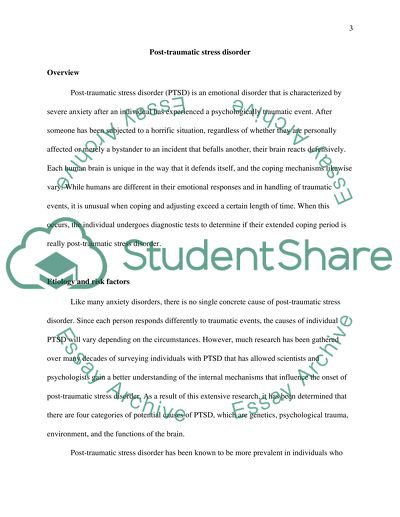Cite this document
(“PTSD Research Paper Example | Topics and Well Written Essays - 1500 words”, n.d.)
PTSD Research Paper Example | Topics and Well Written Essays - 1500 words. Retrieved from https://studentshare.org/psychology/1472063-ptsd
PTSD Research Paper Example | Topics and Well Written Essays - 1500 words. Retrieved from https://studentshare.org/psychology/1472063-ptsd
(PTSD Research Paper Example | Topics and Well Written Essays - 1500 Words)
PTSD Research Paper Example | Topics and Well Written Essays - 1500 Words. https://studentshare.org/psychology/1472063-ptsd.
PTSD Research Paper Example | Topics and Well Written Essays - 1500 Words. https://studentshare.org/psychology/1472063-ptsd.
“PTSD Research Paper Example | Topics and Well Written Essays - 1500 Words”, n.d. https://studentshare.org/psychology/1472063-ptsd.


